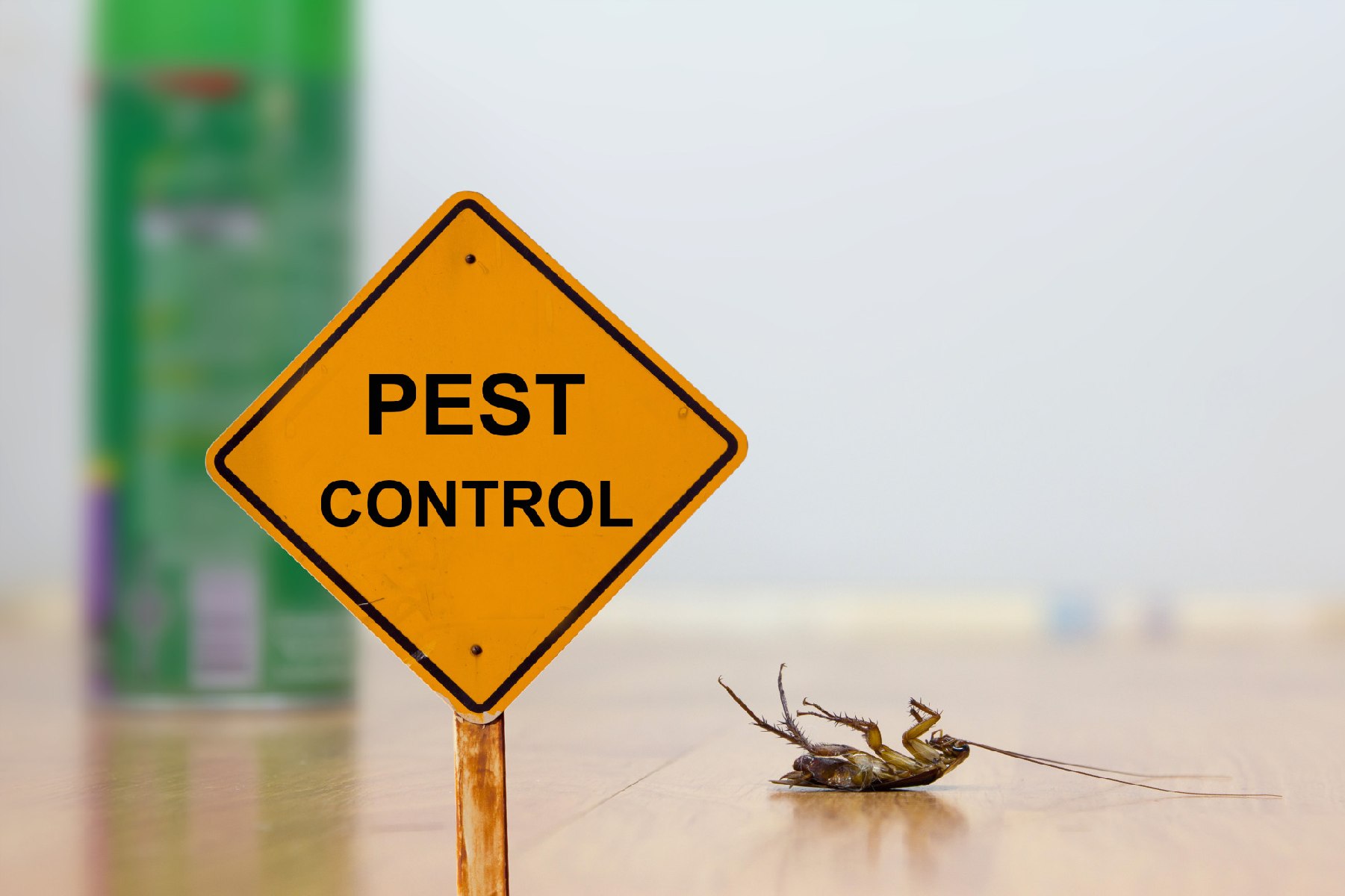Pest Control solutions to keep your space pest-free from unwanted pests.
Eco-Friendly Insect Control Approaches for Handling Wild Animals in Urban Locations
Urban locations commonly discover themselves at the crossway of human activity and wildlife, leading to one-of-a-kind obstacles in pest management. These strategies not just secure the atmosphere but also enhance community involvement in wild animals monitoring. As metropolitan populations proceed to expand, understanding the characteristics of wild animals interactions comes to be progressively critical.
Comprehending Urban Wildlife Characteristics
Recognizing Urban Wildlife Dynamics is necessary for establishing effective and eco-friendly parasite control methods. Urban areas are increasingly becoming environments for different wild animals types, driven by factors such as environment fragmentation, food accessibility, and human encroachment. Identifying these dynamics permits a nuanced method to pest monitoring that lines up with eco-friendly concepts.
Urban wildlife commonly includes types such as raccoons, squirrels, and birds, which adjust to city atmospheres, discovering niches in environment-friendly spaces, parks, and also houses. Their visibility can cause conflicts with people, particularly when they make use of human sources for food and sanctuary. Comprehending the behaviors and environmental duties of these species notifies approaches that minimize unfavorable interactions while promoting biodiversity.
Furthermore, acknowledging the interdependencies within metropolitan environments assists in recognizing vital areas for environment preservation and repair. This expertise adds to the advancement of incorporated insect management (IPM) strategies that consider the eco-friendly balance, thereby decreasing reliance on unsafe chemicals. By fostering coexistence between human beings and city wild animals, cities can develop much healthier atmospheres that profit both residents and local communities, leading the method for lasting urban living.
Natural Repellents and Deterrents
Natural repellents and deterrents provide a sustainable alternative to conventional pest control methods by utilizing the power of nature to maintain unwanted species at bay. These environmentally friendly solutions generally make use of plant-based ingredients, essential oils, and various other normally happening compounds that discourage insects without hurting the environment.
One reliable all-natural repellent is peppermint oil, which is understood to ward off rodents and insects. Its solid fragrance is unpleasant to many parasites, making it a preferred option for urban settings. In a similar way, vinegar and citrus peels can work as deterrents, as their strong smells are normally unattractive to numerous wild animals.
Additionally, diatomaceous planet is a natural powder that can be spread out in areas prone to bug activity, effectively drying out and deterring pests without positioning threats to non-target types. Furthermore, garlic sprays and neem oil are identified for their capability to repel a variety of bugs, including both insects and larger wildlife.
Executing these all-natural repellents not only lowers reliance on chemical pesticides however additionally promotes a much healthier urban ecological community, fostering a much more well balanced coexistence between human beings and wild animals. By utilizing these methods, metropolitan areas can successfully handle parasite populations while reducing ecological effect.
Habitat Adjustment Strategies
Effective habitat adjustment methods play a crucial role in lasting parasite management by changing the atmosphere to make it much less helpful to pest infestations. By recognizing the eco-friendly characteristics of urban areas, homeowner can implement tactical adjustments that prevent bugs while advertising biodiversity.
(Interior Pest Control)One key technique includes preserving correct hygiene. This consists of regular waste removal, securing trash can, and getting rid of standing water to minimize reproducing websites for pests and rodents. Furthermore, landscaping methods such as choosing indigenous plants can improve environmental equilibrium, supplying environments for valuable microorganisms while decreasing sources for parasites.
Another vital technique is to seal entry factors in buildings. Inspecting and repairing splits in foundations, wall surfaces, and home windows can considerably reduce parasite accessibility. In addition, producing physical barriers, such as fencings or plant buffers, can hinder wildlife activity right into human-inhabited areas.
Integrated Insect Monitoring Practices
Building upon environment adjustment strategies, incorporated pest administration (IPM) practices use a holistic technique to controlling bug populaces while decreasing environmental impact. IPM combines various methods, consisting of organic, social, mechanical, and chemical controls, to achieve efficient pest monitoring.
Biological control includes the check it out introduction of all-natural killers or parasites to reduce parasite populations. Cultural practices, such as crop rotation and hygiene, interrupt pest life cycles and lessen their habitats - Pest Control. Mechanical controls, like traps and barriers, offer instant remedy for insect stress without chemical intervention
Chemical controls are made use of as a last option, concentrating on targeted applications that limit harm to non-target varieties and the atmosphere. The selection of eco-friendly chemicals, when essential, is indispensable to the IPM framework. In addition, keeping an eye on bug populations and assessing possible damages aids inform decision-making, making sure that treatments are prompt and reliable.
Area Involvement and Education

(Integrated pest management Port Charlotte)Workshops and informational sessions can equip locals with expertise about native varieties, habitat conservation, and reliable non-toxic parasite management strategies. Cooperation with schools, local organizations, and government agencies better enhances educational outreach, making sure that important information reaches varied target markets.
Furthermore, community-led initiatives, such as community clean-up days and habitat remediation tasks, not just promote biodiversity yet likewise strengthen neighborhood connections. Pest Control. By motivating locals to share their experiences and monitorings, neighborhoods can create targeted methods that deal with specific regional bug concerns
Including responses from residents into bug management plans enables a much more responsive and flexible technique to wildlife difficulties. Inevitably, notified and involved neighborhoods are essential to achieving long-term success in eco-friendly parasite control, bring about much healthier city settings that value both human and eco-friendly requirements.

Verdict
To conclude, environmentally friendly bug control comes close to deal sustainable solutions for taking care of urban wildlife. By prioritizing environment alteration, utilizing natural repellents, and carrying out integrated insect management practices, neighborhoods can promote a harmonious conjunction with regional animals. In addition, involving residents through education improves understanding and motivates accountable wildlife interactions. Ultimately, these strategies not just safeguard biodiversity however also promote ecological wellness, making certain city areas stay dynamic environments where people and wildlife thrive with each other.